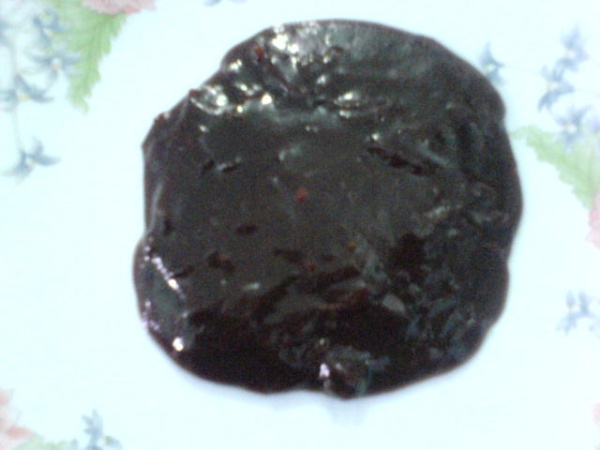Facts About Rihaakuru
Rihaakuru is a cherished staple in Maldivian cuisine, highly valued in households throughout the Maldives and Minicoy. This dense, fish-based paste is a by-product of tuna processing, created through a meticulous labor of love. The process involves cooking tuna in water and salt, skimming off impurities, and then boiling the remaining fish broth down until it condenses into a rich, thick paste.
In Maldivian homes, Rihaakuru is a versatile dish, pairing wonderfully with rice, taro, roti, or breadfruit. It can be savored as is, spiced up for extra flavor, or blended with coconut milk for a creamy variation.
The influence of Rihaakuru extends beyond the Maldives. Maldivian travelers introduced this unique paste to Sri Lanka, where it was historically known by names such as Bondi Haluwa and Diya Hakuru. In some locations, people even use Rihaakuru as a sandwich spread, highlighting its versatility.
Rihaakuru is not only flavorful but also nutritious. It possesses a slightly acidic taste and is rich in polyunsaturated fatty acids and protein. However, it does contain a high concentration of histamines, which might pose a concern for some individuals. Despite this, Maldivians generally consume it without issues.
The history of Rihaakuru dates back to ancient times. Traditional preparation involves cooking tuna, removing the bones and entrails, and then boiling the fish broth until it thickens into the iconic paste. Even with its potential health risks, Rihaakuru remains a revered component of Maldivian cuisine and has even found its way into dishes in countries like China.
